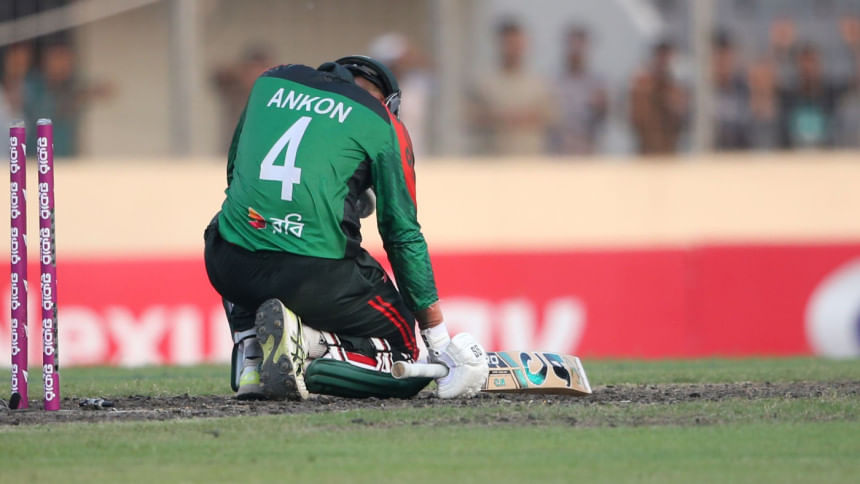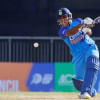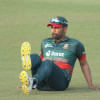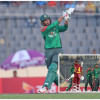Another series of pyrrhic formulas?

"We have to target playing 50 overs," Bangladesh skipper Mehidy Hasan Miraz made an urgent call after a series of batting debacles in the Afghanistan series. Coming to Mirpur in the West Indies ODIs just a few days later, the batting approach and the pitch on offer from Bangladesh have, however, proven to be a suicidal attempt that kills future prospects of batting in a format which has gone through significant changes, leaving the Tigers unaware.
The shift in batting modus operandi was evident from the 2023 ODI World Cup in India, where teams targeted scores of 400. It became sort of a norm. Batting debacles aside, Bangladesh had found a template of success in their ODI schemes this decade, targeting a score of 250, a defendable one in Mirpur surface. But the catalyst for upping the batting tempo had never come along, even after subpar results in major multinational events.
When it comes to being ready for the new batting realities in preparation for the 2027 ODI World Cup, Bangladesh are once again falling for short-term results, immediate needs to get the monkey off the back in the West Indies series.
The wicket served at Mirpur wore a dark foreboding. The black soil used helped with bounce, but the scores that could be attained in such spinning surfaces do not match modern ODI expectations. In terms of results, the monkey may be off the back in such surfaces, but it will do nothing to help boost ODI mentality needed for the 2027 World Cup.
Miraz's statement regarding batting 50 overs seems fathomable. After all, Tigers have managed to bat out fifty overs only once this year in the nine ODIs played. In the last three-match series against Afghanistan alone, twice they were bowled out in less than 30 overs. If batters' confidence was an issue, it is not likely that it would improve on such Mirpur tracks.
Yet, whatever the surface, the batting effort was once again disastrous. The wicket being of somewhat quizzical nature, the two openers, Saif Hassan and Soumya Sarkar, departed even before getting a feel of the wicket.
Struggling batter Najmul Hossain Shanto and Towhid Hridoy stitched together a 71-run stand but took 120 deliveries to get there. Hridoy reached a fifty but took 90 deliveries for his 51. When both batters departed, the middle-order crisis was once again pronounced.
Mahidul Ankon's debut ODI innings of 46 certainly helped keep the innings together, but at the other end, no acceleration came. Miraz himself contributed 17 off 27 deliveries. His batting remains an important factor when taking on Afghanistan mystery spinners, but when the likes of Rashid Khan or Mujeeb Ur Rahman are not in the opponent dugout, the batting template being used in the middle-order remains archaic.
In the 40th over, Bangladesh reached 140 for four with Miraz and Ankon still at the crease. Yet, Tigers managed to fall into the same trap of trying to survive in the death overs with wickets in hand. No impetus or intent was shown, and only 67 were added to the score after the 40-over mark. On top of that, they were bowled out without playing the full quota of fifty overs, an approach neither here nor there.
Rishad Hossain's 13-ball 26 was like water in the desert, but having reached 207 all out, in a format which itself needs to be modernized, Bangladesh's batting template was archaic. It would follow a trend of pyrrhic victories from the past if West Indies struggled on this Mirpur track, but in Bangladesh cricket's context, a series on such a wicket and with such an approach adds very little to a dismal batting template.

 For all latest news, follow The Daily Star's Google News channel.
For all latest news, follow The Daily Star's Google News channel. 








Comments